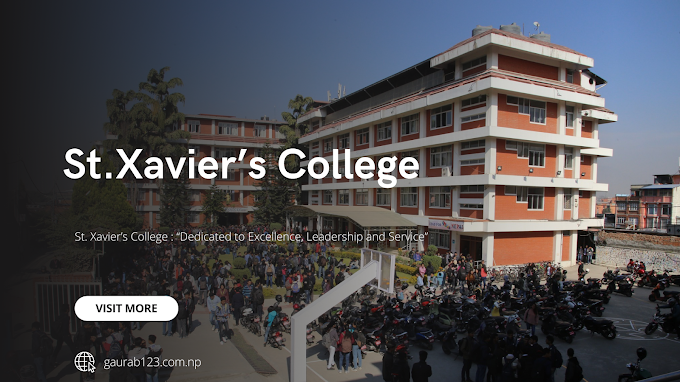The Construction unit in Class 10 Compulsory Mathematics focuses on geometric construction, which is an essential skill for creating accurate diagrams and solving problems involving shapes and angles. This unit not only holds significant weight in the SEE examination but also has practical applications in fields like engineering, architecture, and design. It involves the construction of various geometric figures using only a compass, ruler, and protractor.
Importance of Construction in the SEE Examination
Construction is a key topic in the Class 10 Mathematics syllabus and is frequently tested in the SEE exam. In this unit, students learn how to:
- Construct geometric figures like triangles, angles, bisectors, and circles based on given conditions.
- Use standard constructions such as constructing a perpendicular bisector, an angle bisector, and a circle through three non-collinear points.
- Prove certain geometric properties through construction, such as the properties of tangents and cyclic quadrilaterals.
For the SEE exam, you can expect questions that ask you to:
- Construct a triangle when the lengths of its sides or angles are given.
- Construct figures based on specific conditions like angle bisectors or perpendicular bisectors.
- Solve problems related to tangents, circles, and angles by constructing the required geometric shapes.
Mastery of construction ensures accuracy in solving these problems, making it a valuable skill for the exam.
Relevance of Construction in Real Life
While construction might seem abstract in the classroom, it has wide-ranging applications in the real world. Some examples include:
- Architecture and Engineering: Construction skills are fundamental in designing buildings, bridges, and other structures. Accurate geometric drawings and constructions are crucial for ensuring structural integrity and aesthetic appeal.
- Design and Art: Artists and designers use geometric construction for creating patterns, designs, and artwork that require precision, such as in graphic design or fabric design.
- Surveying and Mapping: Construction principles are used in land surveying to create accurate maps and establish property boundaries.
- Technology: In fields like computer graphics, gaming, and simulation, geometric construction is used to design and model objects in a virtual environment.
Understanding construction helps students appreciate how geometry is applied to create and design real-world objects.
How to Prepare for Construction
Master Basic Geometric Tools:
Get comfortable using the basic construction tools:- Compass: To draw circles and arcs, and to replicate lengths and distances.
- Ruler: To draw straight lines and measure lengths.
- Protractor: To measure and construct angles accurately.
Understand the Standard Constructions:
Familiarize yourself with common construction problems, including:- Constructing a perpendicular bisector: Dividing a line segment into two equal parts.
- Constructing an angle bisector: Dividing an angle into two equal parts.
- Constructing a triangle when three different conditions are provided (SSS, SAS, ASA, etc.).
- Constructing a tangent to a circle from a point outside the circle.
Practice Step-by-Step Constructions:
Construction involves following a precise sequence of steps. Practice each construction method carefully, ensuring you understand each step and why it’s needed.Solve Previous SEE Problems:
Practice solving construction problems from previous years’ SEE exams. This will help you become familiar with the types of constructions that are often tested and improve your speed and accuracy.Check Accuracy:
After completing a construction, always check your work. Ensure that your lines are straight, your angles are correct, and your measurements are accurate. Even small mistakes in construction can lead to incorrect answers.
Conclusion
The Construction unit in Class 10 Mathematics is essential for developing a solid understanding of geometric principles. This unit teaches students the importance of precision in drawing geometric figures, which is not only crucial for success in the SEE examination but also has real-world applications in various fields.
By mastering the construction techniques and practicing regularly, students will be able to solve complex geometric problems with confidence. Whether in academic settings or in careers like engineering and design, the skills gained in this unit will prove invaluable. Therefore, dedicating time to mastering geometric construction will provide a strong foundation for both academic success and practical problem-solving in real life.


















If you have any doubts, Please let me know